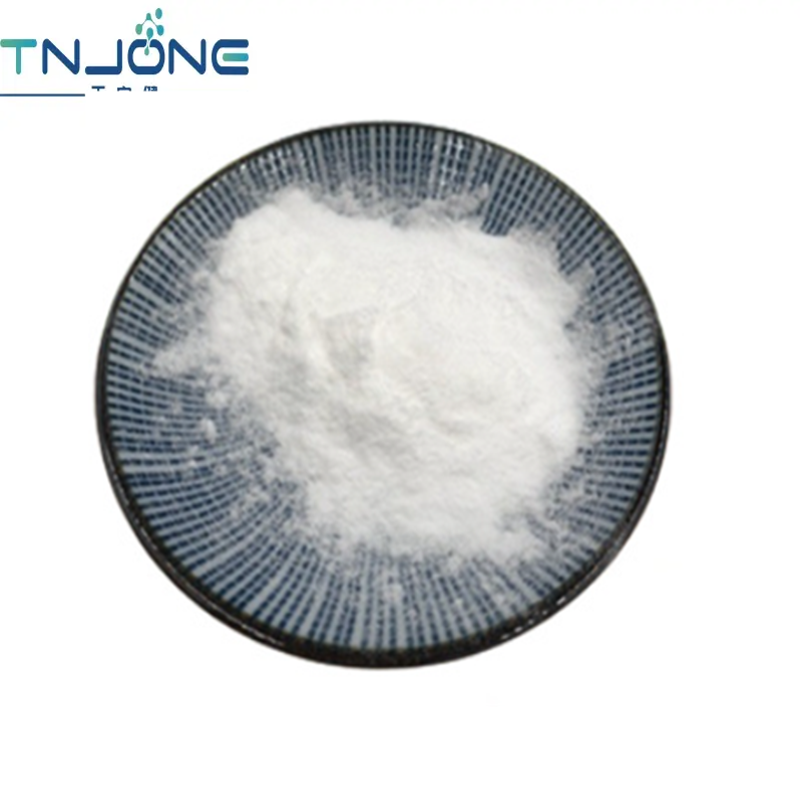-
Categories
-
Pharmaceutical Intermediates
-
Active Pharmaceutical Ingredients
-
Food Additives
- Industrial Coatings
- Agrochemicals
- Dyes and Pigments
- Surfactant
- Flavors and Fragrances
- Chemical Reagents
- Catalyst and Auxiliary
- Natural Products
- Inorganic Chemistry
-
Organic Chemistry
-
Biochemical Engineering
- Analytical Chemistry
-
Cosmetic Ingredient
- Water Treatment Chemical
-
Pharmaceutical Intermediates
Promotion
ECHEMI Mall
Wholesale
Weekly Price
Exhibition
News
-
Trade Service
Bicyclo[3.
2.
0]hept-3-ene-6-acetic acid, 6-(aminomethyl)-3-ethyl-, (1R,5S,6S)-benzenesulfonate, also known as Compound I, is an important intermediate in the synthesis of various pharmaceuticals and agrochemicals.
The compound can be synthesized through several different routes, each with its own advantages and disadvantages.
One common synthetic route for Compound I involves the Strecker reaction, which involves the reaction of a Grignard reagent with a carboxylic acid in the presence of a compound such as quinoline or isoquinoline.
This route is relatively simple and can be easily scaled up, but it requires the preparation of a Grignard reagent, which can be time-consuming and expensive.
Another synthetic route for Compound I involves the use of a Suzuki-Miyaura coupling reaction.
In this route, a boronic acid is first synthesized and then reacted with a phenylboronic acid derivative in the presence of a palladium catalyst.
This route is more efficient and requires less steps than the Strecker reaction, but it requires the use of expensive and hazardous reagents such as boron trifluoride and palladium catalysts.
A third synthetic route for Compound I involves the use of a halogenation reaction, such as the Halogenation of 6-bromo-3-ethyl-2H-pyran-2-one.
In this route, 6-bromo-3-ethyl-2H-pyran-2-one is reacted with a carboxylic acid in the presence of a halogen source, such as thionyl chloride.
This route is relatively simple and efficient, but it requires the use of a halogen source and can be hazardous.
A more recent and efficient route for the synthesis of Compound I involves the use of an organocatalytic method, such as the one described in the patent US2018034732A1.
This method uses a cheaper and more readily available catalyst than other methods, and does not require the use of expensive and hazardous reagents.
The reaction proceeds under mild conditions, and the yield and purity of the product are high.
In conclusion, Compound I is an important intermediate in the synthesis of various pharmaceuticals and agrochemicals, and several different synthetic routes have been developed for its synthesis.
These routes range from relatively simple and efficient methods such as the Strecker reaction and the Suzuki-Miyaura coupling reaction, to more recent and efficient methods such as the organocatalytic method described in the patent US2018034732A1.
Each route has its own advantages and disadvantages, and the choice of route depends on the specific goals and resources of the synthetic process.







